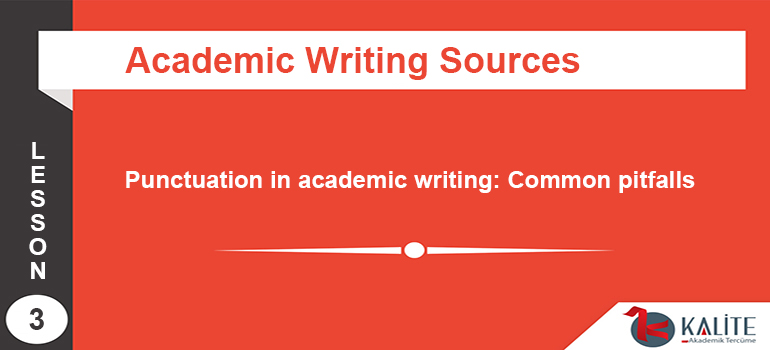
Punctuation in academic writing: Common pitfalls
Punctuation signals the structure of a text, telling us not only where one idea ends and another begins, but also which idea is more important and how it relates to other ideas. The wrong punctuation, then, signals the wrong relationship between ideas, confusing your reader.
These pages outline some of the most common confusions of punctuation and caution against misuse or abuse of punctuation.
They don’t cover the more exotic varieties of punctuation (for example, the chevron or the asterisk), but the more pedestrian varieties that see common misuse.
- Question marks (?)
- Exclamation points (!)
- Commas (,)
- Semicolons (;)
- Colons (:)
- Dashes (– and —)
- Parentheses ( )
Punctuation misuse often causes or is caused by other kinds of mistakes, usually on the level of sentence structure. For explanations that focus squarely on sentence structure issues, see our sentence structure page.


